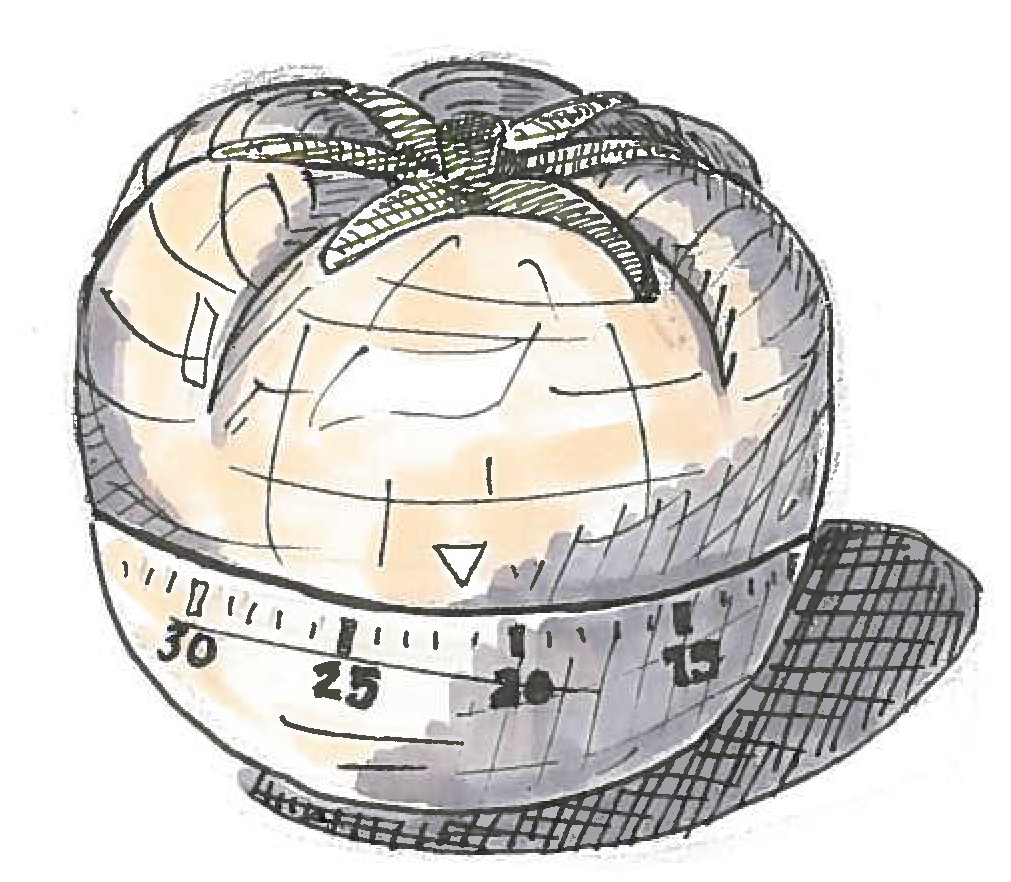Every student has their own study methods. There are those who still haven’t opened their books, and probably won’t until the day of their final exam. There are the lucky few that inexplicably seem to understand the material with almost no effort or revision. Then there are the students that fall in between these two extremes; those that spend multiple hours in the library, typing up notes, playing catch-up with the readings, going over lecture recordings, and trying not to fall behind before finals season hits. This requires a strong sense of time management, and the Pomodoro Technique is a method that has proven to be successful in increasing efficiency, and effectively allocating time.
The concept is simple: Set a timer for 25 minutes—also known as one Pomodoro—and focus fully on a single task until the time is up. Take a five minute break as a reward, and repeat. After two hours—or four rounds of Pomodoro—take a longer break of 20 to 30 minutes.
This method breaks up study sessions into manageable chunks of time, reduces distractions, and increases productivity.
Makoto Rheault-Kihara, U3 Management, first discovered the technique one year ago.
“I was reading this book [that] talked about different productivity methods to get the most out of your time, and Pomodoro was [the] number one recommendation,” Rheault-Kihara said. “The more I looked into it, the more I realised that all these other people that I follow—whether it’s entrepreneurs or artists or designers—also use the Pomodoro method.”
The technique was developed in the 1980s by Francesco Cirillo when he was a university student himself. The Pomodoro Technique is still popular today among university students because it is easy to use, adaptable to each individual, and can be followed as strictly or minimally as necessary.
“Usually, I’ll do 25 [minutes working], five [minutes break] and then 20-10 to make it a little easier,” Rheault-Kihara said. “25-5 for three hours gets really tiring, but if you do 20 minutes work then 10 minutes break [at the end of] every hour it’s [not too bad].”
In the long run, this study method helps one discover how much time they need to complete different tasks. It is an effective tool in creating a set schedule that increases motivation to finish tasks within a given time—whether it is in one Pomodoro, or five. It also significantly reduces distractions.
“You’re super focused for the twenty-five minutes, then in the five minute break you’re totally guilt free,” Rheault-Kihara explains. “Usually when I’m studying and I pick up my phone […] I feel guilty about it, but those [breaks of] five or ten minutes are great.”
Kim Halle, U4 Arts, has been using the study technique ever since attending a workshop on how to get the most out it. ever since. Like Rheault-Kihara, Halle usually creates his own timing system based on his workload and his current state of mind.
“You need to time [your sessions] according to what you’re actually doing and how you’re feeling,” Halle said. “The 25-5 that’s recommended works for most people, but if you’re feeling particularly energetic, 45-15 is totally fine too. If I feel like I’m completely inattentive, I’ll do very short study periods and build up. If I feel like I’m really [focused], I’ll do longer study periods and then tone it down as the night goes on.”
According to Cirillo, it is also beneficial to one’s overall productivity to define the personal objectives you want to get from each Pomodoro session. For Halle, this part of the process allows him to reflect on his capabilities.
“[One of the things] that was explained to me is to always, for every period of time, have an objective at the beginning and review it at the end,” Halle stated. “You have to figure out how much you can actually do, is it a realistic goal, that kind of thing [….] It really helps.”
The Pomodoro Technique has proven to be especially useful for students who struggle with time management or focusing for long periods of time. At the McGill Office for Students with Disabilities (OSD), this method is highly recommended—especially for those with attention deficit disorders, such as Halle.
“I got diagnosed with Combined Type ADHD [a year ago], which meant that distractibility [was more prominent for me than in] the average student,” Halle said. “I was all over the place with my studies, I could never sit still, it took me forever to get in the zone when I was studying, and then get out of it when I was done.”
The method can also be advantageous outside of academics. On his official website, Cirillo elaborates on how it can be used in all sorts of professions, and both individually and in teams. The work-life balance that so many students seek can also be improved, as it enables the appreciation of time off after a productive work session.
The Pomodoro Technique is an incredibly simple, yet effective, way of increasing efficiency and boosting productivity. Its effects on time management can encompass a large portion of daily life, and though it may seem intimidating to begin with, Rheault-Kihara provides reassurance.
“The first cycle is the hardest […], but I definitely know that if I spend three hours on Pomodoro, I get a lot more work done than three hours of just regular work.”
Visit the official website for the timer at cirillocompany.de/pages/pomodoro-technique/ or get started with an online Pomodoro timer at www.tomato-timer.com








